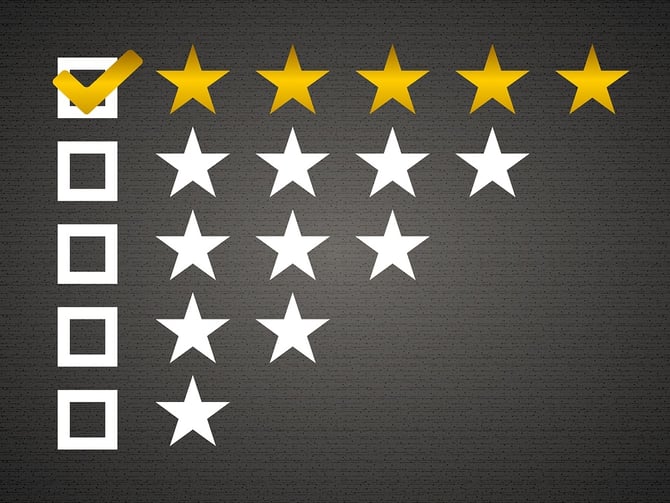Recently, I had the privilege of attending a fascinating talk by John Warrilow. John is the best-selling author of Built to Sell: Creating a Business That Can Thrive Without You. Built to Sell discusses key attributes a business owner should be aware of as they prepare to sell their business. Some recommendations include: not being too dependent on the business owner and not relying on a single customer. The most sellable businesses are teachable to employees, valuable to customers, and generate revenue in a way that's repeatable.
One of the most important attributes of the value of a company is its Net Promoter Score ®. The Net Promoter Score (NPS) was developed by Fred Reichheld from Bain & Company. Reichheld determined that a high score means your customers will continue to buy from you. A mid-range score indicates they may be shopping around or at least open to alternatives. A low score means you better pacify or replace the unhappy customer, and fast.
Studies have shown that his NPS score is one of the best predictors of company growth. In fact, you've probably noticed that you're being asked the following question more frequently on customer surveys:
On a scale of 0 to 10, how likely are you to recommend us to a friend or colleague?
If you don't have a customer survey, and want to start one, this question is a good place to start. The query has become an industry standard in measuring loyalty amongst existing customers, and is a great way to tell how likely consumers are to return. The net response to this question across all of your customers will determine your NPS.
NPS scores for companies like Apple, USAA and Canon are incredibly high. You might attribute the high score to everyone knowing these huge companies, or to the fact that giant corporations have the resources to produce the best products and best brands. Some of this is true - Apple, USAA Canon etc. do have great products - which is a sign that they listen to their customers and deliver what consumers want. But they also have great service. And great service doesn't somehow just happen better in these large and successful organizations. These great service levels are created by the outstanding service that their employees deliver day in and day out as they interact with their customers.
If you are an employee, I would ask you to assess your personal NPS. Here's a really simple way to get a sense of where you stand:
- Take a few minutes to reflect on your last 10 - or if your interactions are more complex, your last 5 - customer interactions.
- Now, think about the next person those customers talked to. If you're in a B2C business, maybe it was a family member or friend. If you're in a B2B business, it was probably a co-worker.
- What do you think the customer told their friend or colleague about your interaction?
- If they said something positive, you are helping your company's NPS. If they said something bad, you are hurting your company.
- What if they took the time to seek out a friend or colleague, and tell them what an exceptional experience they just had? That's what USAA customers do.
If you're a business owner, ask your employees to reflect on their personal NPS, then take it one step further. Start surveying your customers using the simple questions above. Or, lookup the simple method to measure an NPS and plot yourself against the average (it's about 5-10% for a typical company). If your score is average, or a little better than average, well done! If not, you need to get to work.
For more information on business leadership, check out TAB's PULSE Survey polling small business owners on complex business topics like succession planning, national sales averages, communication, and strategic planning.








